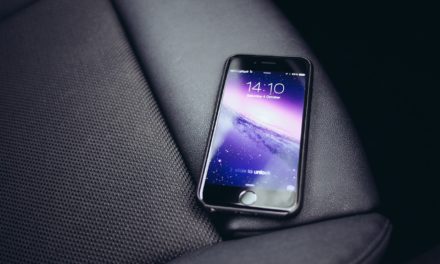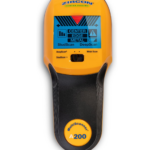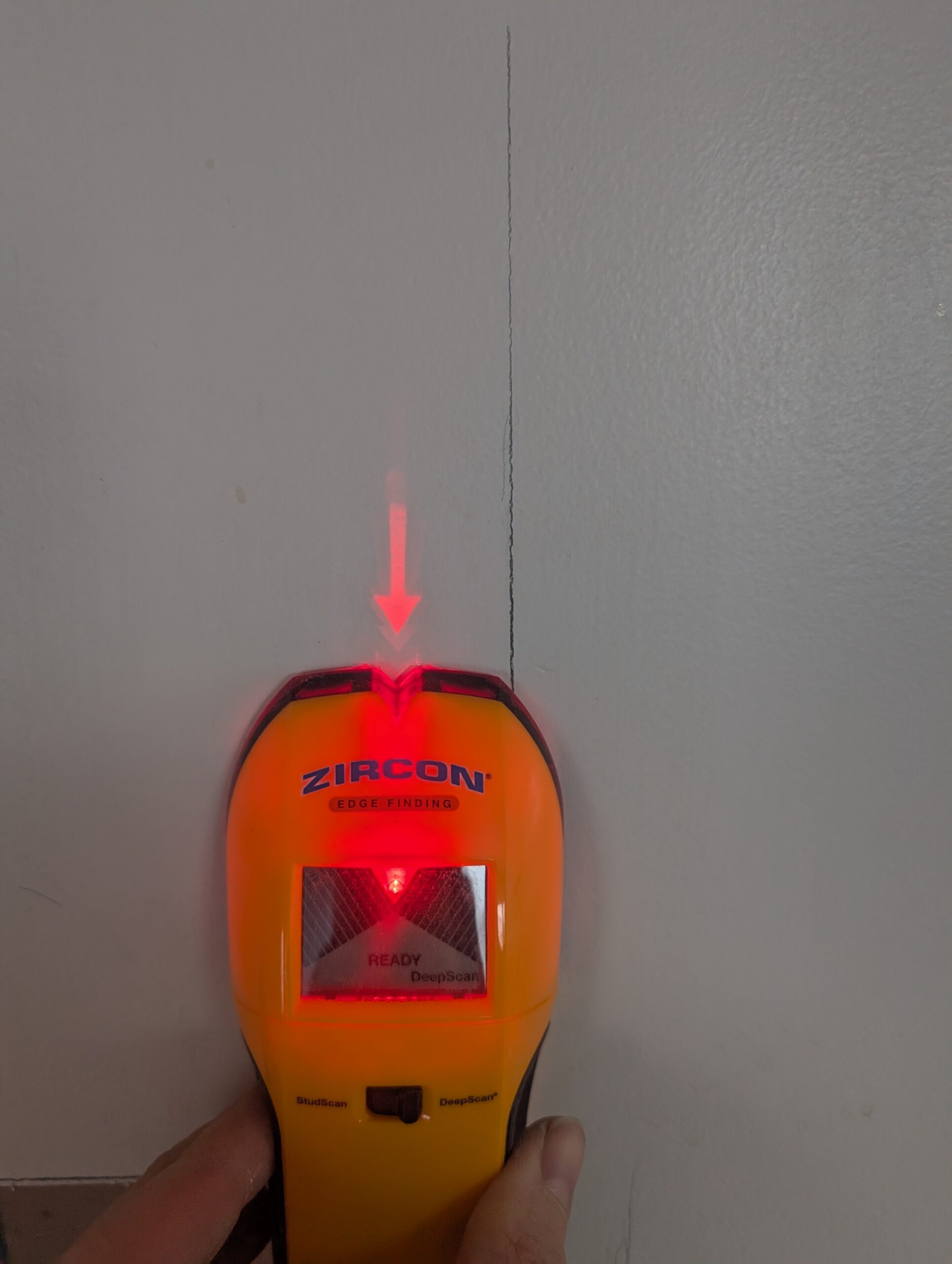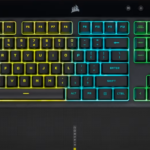Technologies are increasing exponentially. Most people have a far better camera in their pocket than professionals were using to shoot a wedding a decade ago. Screens have gone from LCD to HD to 3D to 4D. Yet batteries are only marginally different than they were even half a century ago. Occasionally we hear about a new breakthrough battery technology, but it rarely comes to fruition. Why is this?
It all comes down to how batteries work. Batteries are made up of three parts: an anode that has extra electrons (a negative charge), a cathode that has too few electrons (a positive charge), and an electrolyte between them that blocks electrons from moving from one to the other. When a battery is put into a device, the circuit is completed from the anode to the cathode. The extra electrons move along the path to redistribute evenly, and along the way those electrons provide power to your device.
Because batteries run on a chemical reaction, there is a limit to how tightly you can package them. You can’t make a bigger volcano with less baking soda and vinegar, it is physically impossible. We all saw what happened when Samsung tried to stretch the limits too far.
Many phones, laptops, and tablets are already mostly battery, as that is the one component that can’t be shrunk down any further. Devices have become more power efficient, so they need less power to run for a longer period of time, but even that has its limits.
But there is hope, and it all has to do with restoring that positive/negative charge. With rechargeable batteries, plugging them into an outlet forces energy to flow in the opposite direction, essentially reversing the initial chemical reaction so that the next time you use it, the electrons are again off balance and can again flow through your device.
Rather than focussing on how much energy a battery has to begin with or how little energy a device uses, what truly forward thinking companies are changing is how quickly and easily a battery can be recharged. Using the power of electromagnetic fields rather than electricity, batteries can be charged safely, efficiently, and wirelessly. You already see it in wireless charging pads for your phone, but what if that technology could power everything from your car to your refrigerator?
Tesla is planning to launch wirelessly charged car batteries soon. As that technology catches on, homes will be built with charging pads in place of driveways and stores will have parking spots that automatically charge your car without need to plug in. Highways England in the UK is even testing roads that will recharge your car on the go so you never have to stop for gas again. Companies like WiTricity and PowerbyProxi are even working on integrating this technology throughout your entire home, making all of your electronics not only more convenient, but safer as well.











Great, google took me stright here. thanks btw for info. Cheers!
At this time it sounds like Expression Engine is the top blogging platform out there right now. (from what I’ve read) Is that what you’re using on your blog?|